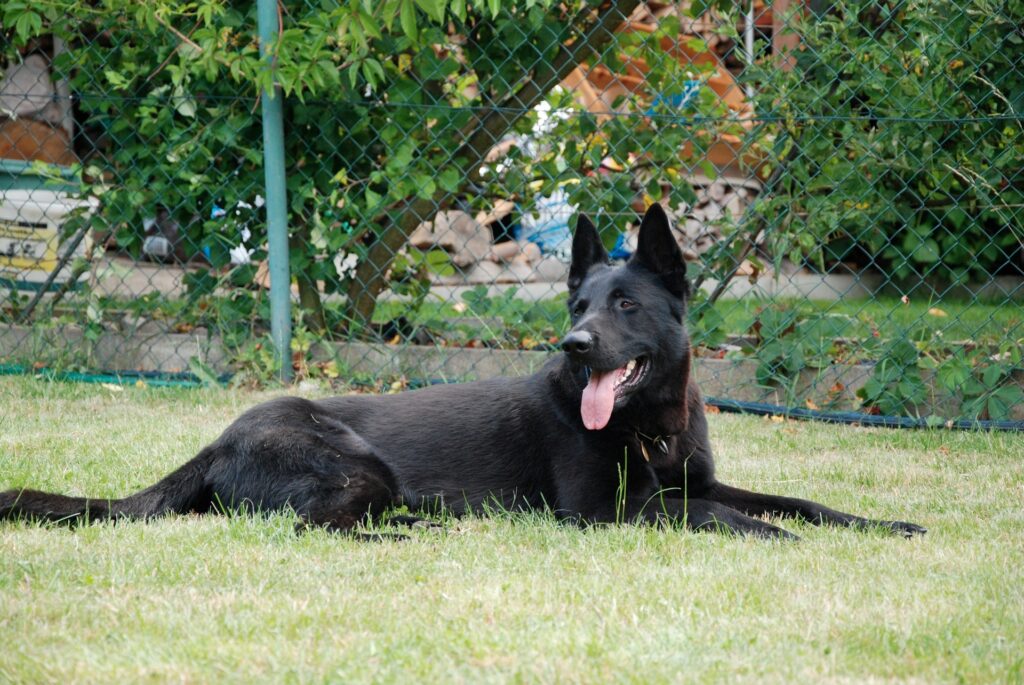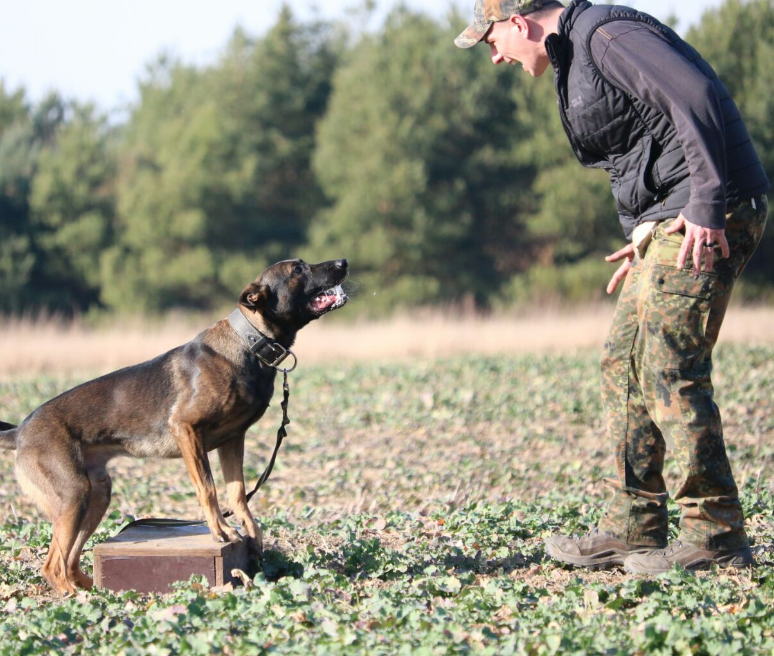
Introduction
Teaching your dog basic commands is not only essential for their safety but also forms the foundation for a well-behaved and obedient companion. Mastering Basic Commands: Sit Stay and More lay the groundwork for effective communication and establish your role as the pack leader. In this blog post, we will delve into the importance of mastering these fundamental commands and provide tips to help you successfully train your furry friend.
The Power of Basic Commands
1. Sit:
The “sit” command is one of the first commands every dog should learn. It teaches your dog impulse control and helps prevent unwanted jumping or lunging behaviors. Additionally, the sit command is a great way to gain control over your dog in various situations, like when greeting strangers or before crossing a road.
2. Stay:
The “stay” command is crucial for keeping your dog safe and well-behaved. It helps prevent them from darting out the door, chasing after distractions, or getting into potentially dangerous situations. Mastering the stay command also enhances your dog’s self-control and responsiveness to your instructions.
3. Come:
The “come” command is vital for your dog’s safety and enables them to have more freedom while still remaining under your control. Whether in the park or during off-leash walks, having a reliable recall command allows you to call your dog back to you, ensuring they stay out of harm’s way.
Tips for Effective Training
1. Consistency is Key: Dogs thrive on routine and consistency. Use the same verbal cues for each command and ensure everyone in your household uses the same words and gestures. Consistency helps your dog understand what is expected of them and reinforces the training process.
2. Positive Reinforcement: Reward-based training is highly effective in teaching basic commands. Use treats, praise, and affection to reward your dog for correctly following your commands. Positive reinforcement creates a positive association with training and motivates your dog to repeat the desired behavior.
3. Timing and Repetition: Timing is crucial when training your dog. Mark the desired behavior immediately with a clicker, verbal cue, or a positive word such as “yes,” followed by a reward. Repetition is essential for your dog to understand and solidify the command. Practice the commands in various environments to generalize the behavior.
4. Gradual Progression: Start training in a quiet and distraction-free environment, gradually adding distractions as your dog becomes more proficient. Begin with short training sessions and gradually increase the duration over time. Break down complex commands into smaller steps, rewarding each step along the way to help your dog grasp the command more easily.
5. Patience and Positive Environment: Remember that training takes time and patience. Stay calm, be patient, and avoid punishment or harsh corrections. Create a positive and supportive environment for your dog, where training is fun, engaging, and enjoyable for both of you.
6. Consistent Practice: Consistency is crucial for maintaining the learned commands. Practice regularly to reinforce the training and prevent regression. Incorporate the commands into everyday situations and gradually phase out the use of treats, relying more on praise and intermittent rewards.
Conclusion
Mastering basic commands is an essential aspect of dog training. Commands like sit, stay, and come not only establish your role as the leader but also provide safety and control over your dog’s behavior. With consistency, positive reinforcement, and patience, you can teach your furry companion these fundamental commands effectively. Remember to keep training sessions enjoyable and rewarding for your dog, fostering a strong bond and a well-behaved canine companion. So, get started today and embark on a journey of successful training and a harmonious relationship with your furry friend.


